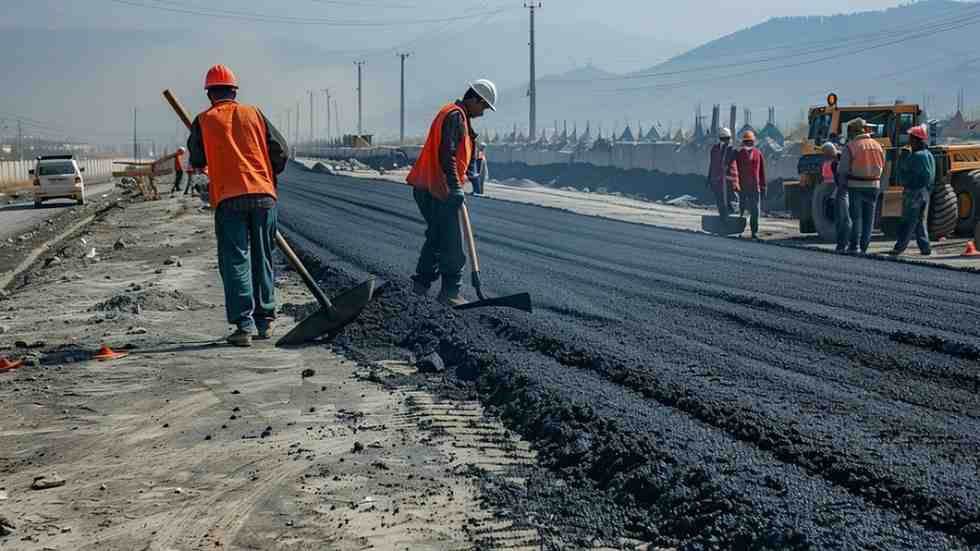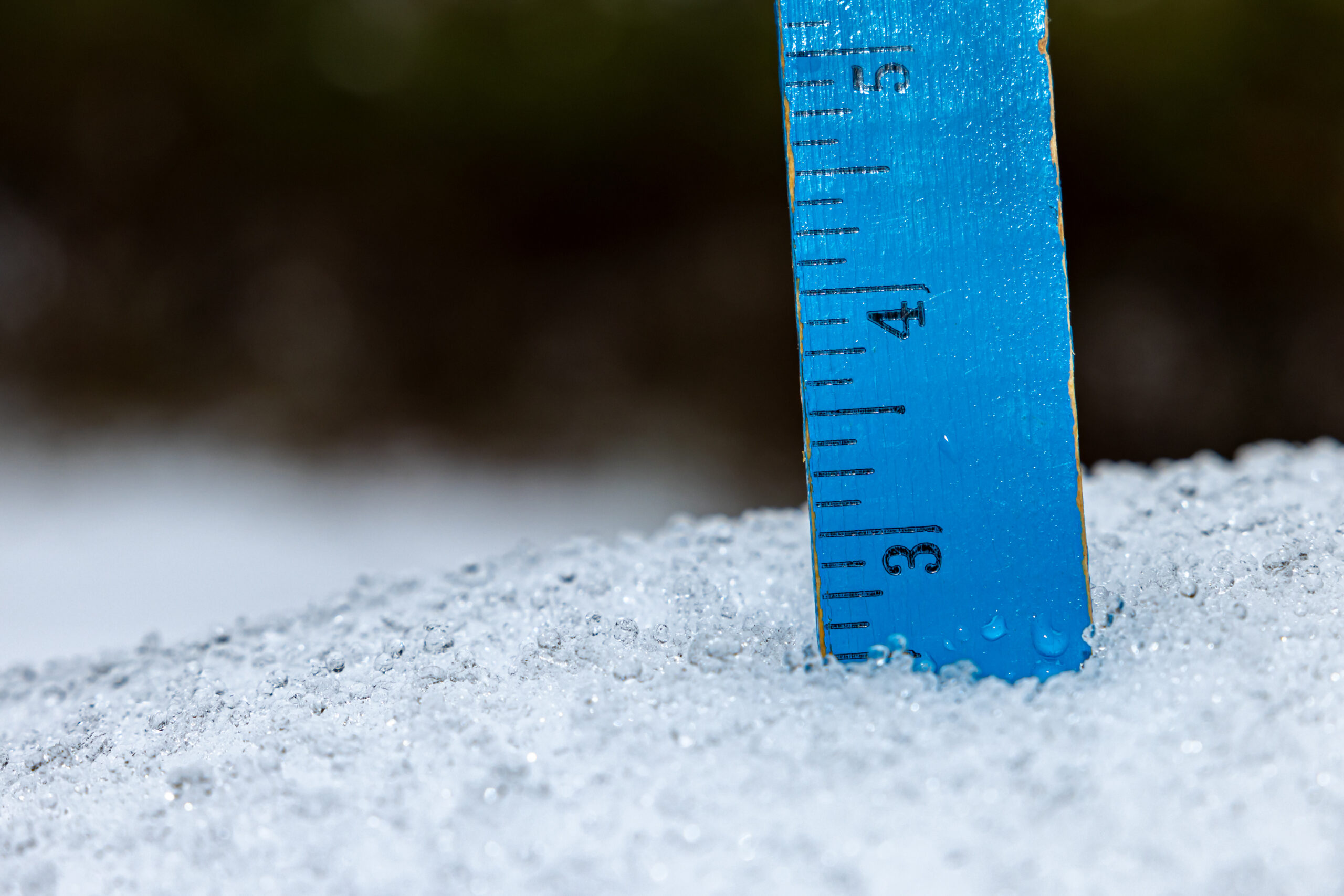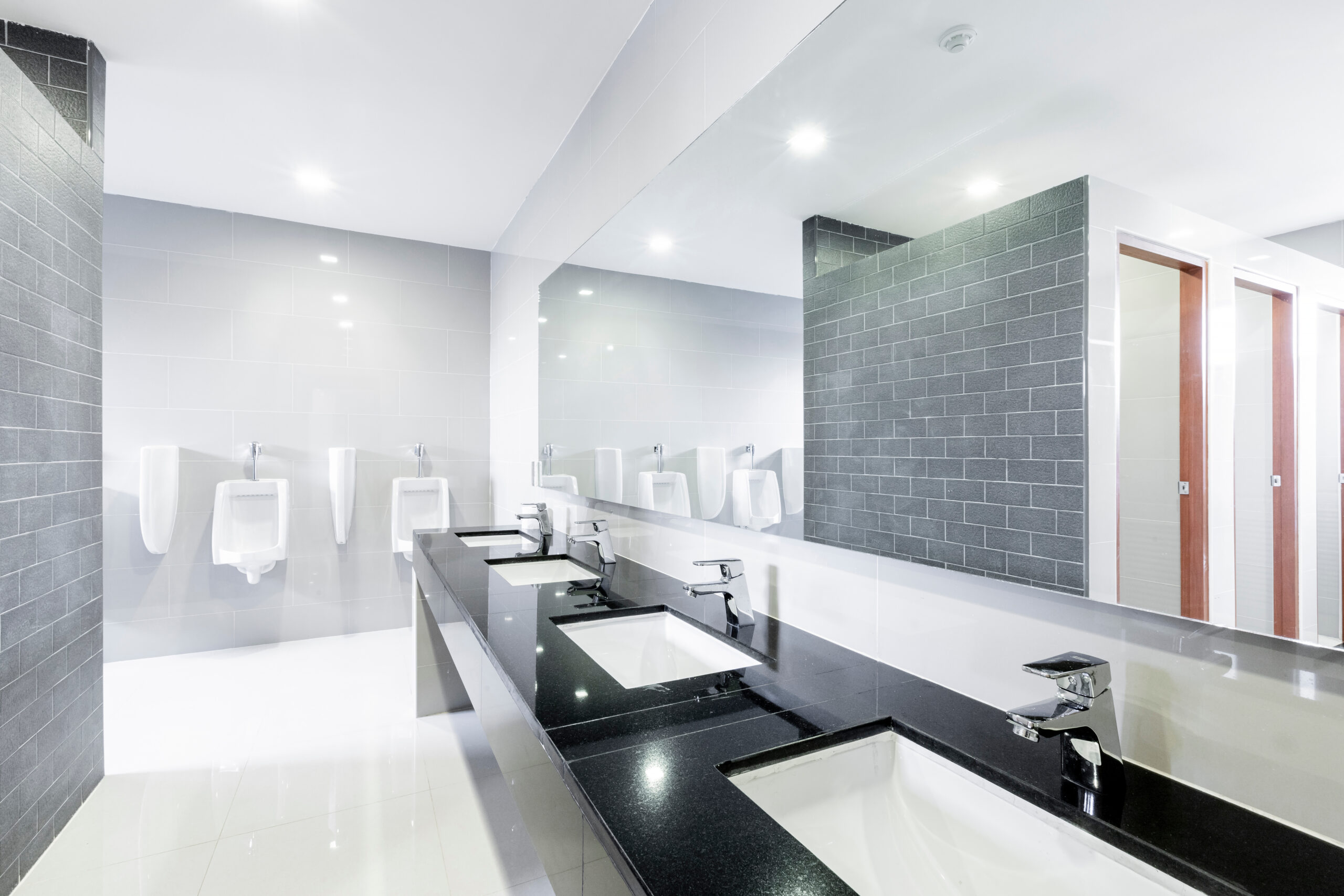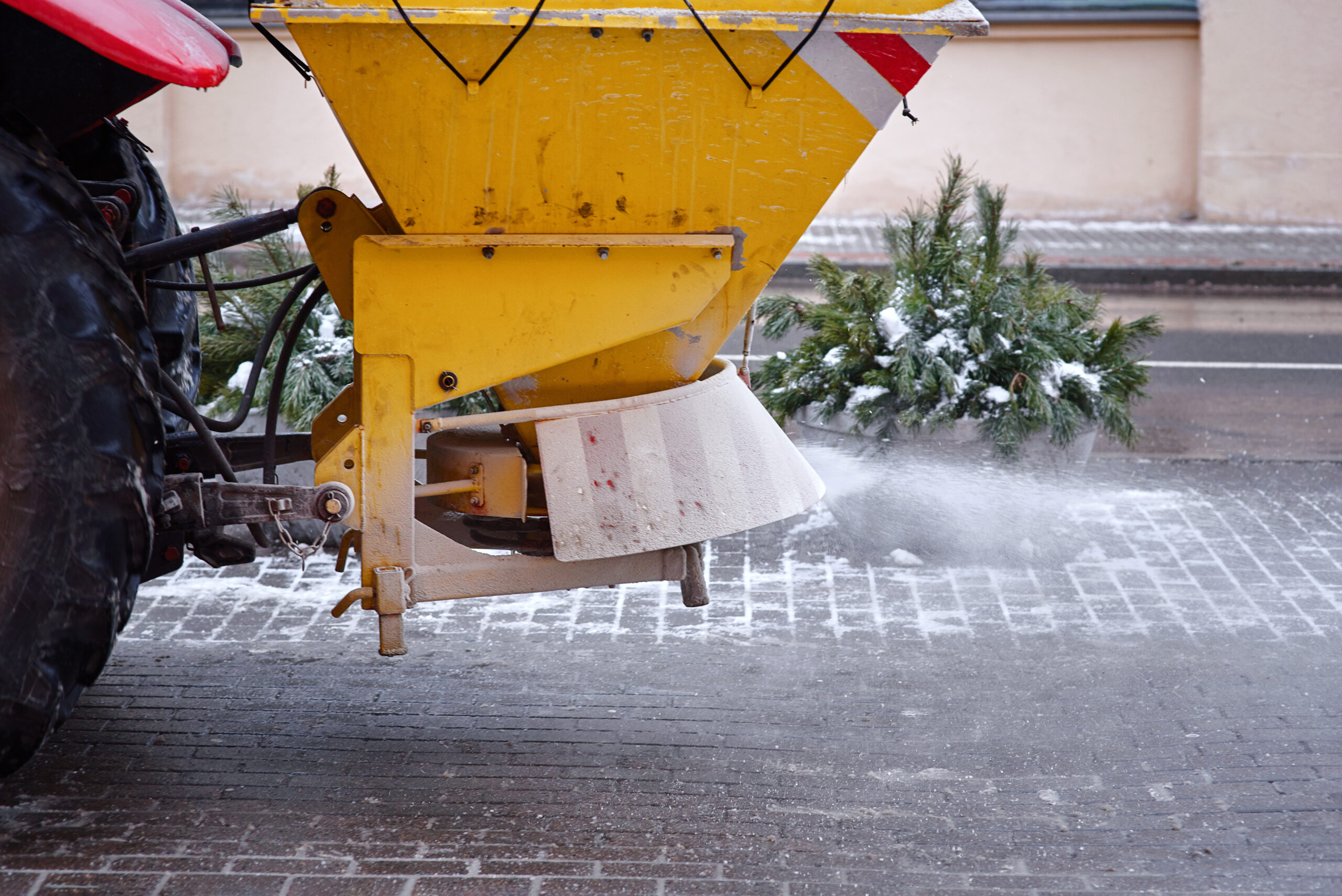Fixing Asphalt Right: Types of Patching Explained
Asphalt is a versatile and durable material used for roads, parking lots, and driveways. However, even the best-maintained asphalt surfaces are susceptible to wear and tear over time. Cracks, potholes, and other types of damage can compromise safety and reduce the lifespan of the pavement. Choosing the right patching method is critical to addressing these issues effectively. Below is a comprehensive guide to the various types of asphalt patching methods, their applications, and their benefits.
Cold Patch: Quick Repairs for Temporary Solutions
Cold patching is a practical method that doesn’t require heating the asphalt material, making it a go-to option for smaller repairs and emergencies. This approach is commonly used to fill potholes, cracks, and other minor damages, especially during colder months when hot asphalt isn’t feasible.
The process is relatively simple. Workers clean the area to remove debris, apply the cold mix directly into the damaged spot, and compact it using hand tools or a vehicle’s tires. The material hardens over time, providing a stable surface for light traffic.
Despite its ease of use, cold patching has limitations. It is less durable than other methods and often serves as a temporary fix until a more permanent solution can be implemented. Over time, the material may loosen, especially in high-traffic areas, necessitating reapplication. While cost-effective initially, repeated applications can increase long-term expenses.
Hot Mix Patch: A Durable and Reliable Choice
Hot mix asphalt (HMA) is widely regarded as a durable solution for asphalt repair. It involves heating the material to high temperatures, ensuring better pliability and adhesion to the existing surface.
The process begins with thorough cleaning of the damaged area to remove dirt and loose particles. Workers often apply a tack coat—a layer of adhesive material—to enhance the bond between the new asphalt and the existing pavement. The hot mix is then placed, leveled, and compacted using rollers to create a smooth, long-lasting finish.
Hot mix patching is particularly effective for medium to large repairs, including potholes and alligator cracking. However, it requires specialized equipment and is best performed during warmer weather, as cold temperatures can cause the asphalt to cool too quickly, affecting its workability.
Throw-and-Roll Method: Speed Over Precision
The throw-and-roll technique is a time-saving option for addressing surface damage in high-traffic areas. This method involves “throwing” patching material into the damaged area and compacting it by rolling over it with a vehicle or roller.
Designed for speed and efficiency, this approach minimizes downtime, making it ideal for roads or highways where closures can disrupt traffic flow. However, it sacrifices precision and durability. The material may not bond effectively with the existing asphalt, leading to a higher likelihood of future repairs.
Regular inspections are crucial when using this method, as it tends to provide only temporary relief. Over time, water infiltration or heavy traffic can weaken the repair.
Full-Depth Patching: Comprehensive Repair for Severe Damage
For damage that extends deep into the asphalt layers, full-depth patching is the most effective solution. This method involves removing the damaged section entirely and reconstructing it from the base up.
The process begins with excavation to remove all compromised material, including the subgrade if necessary. Workers address any underlying issues, such as poor drainage or structural instability, before layering and compacting fresh asphalt. The result is a robust repair that can withstand heavy traffic and harsh conditions.
Full-depth patching is particularly suited for industrial driveways, parking lots, and areas subjected to significant wear and tear. Although more time-intensive and costly, it offers unparalleled durability, reducing the likelihood of recurring problems.
Infrared Patching: Innovative and Seamless
Infrared patching combines advanced technology with traditional repair methods to create a seamless finish. This technique uses infrared heat to soften the existing asphalt around the damaged area. Workers then mix the softened asphalt with fresh material and compact it to form a uniform surface.
One of the key advantages of infrared patching is its ability to blend repairs seamlessly with the surrounding pavement. This makes it a popular choice for high-visibility areas like retail parking lots or commercial entrances. Additionally, the process minimizes waste and is relatively quick, reducing labor costs and downtime.
While more expensive upfront, the long-term benefits of infrared patching—such as improved durability and aesthetics—make it a worthwhile investment.
Spray Injection Patching: Efficiency for Large-Scale Repairs
Spray injection patching is a highly automated process that delivers consistent results with minimal manual labor. It involves cleaning the damaged area with compressed air, applying a tack coat, and filling it with a mixture of asphalt emulsion and aggregate.
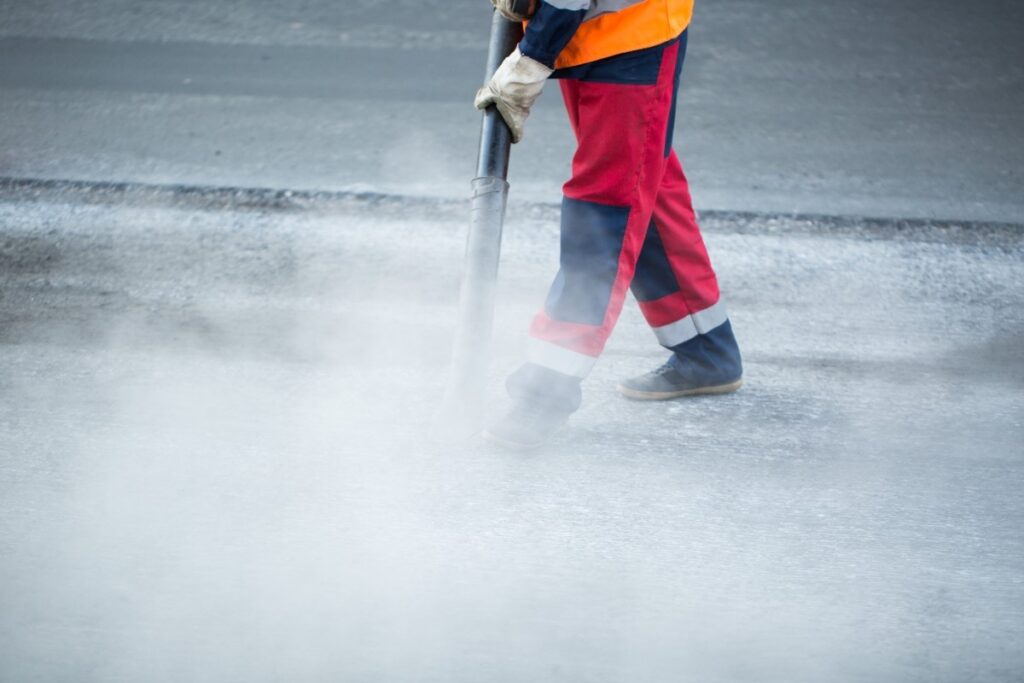
This method is particularly effective for rural or low-traffic roads where large-scale repairs are needed. The automated machinery ensures quick application, making it a cost-effective choice for maintaining extensive road networks.
While spray injection patching is efficient, it doesn’t offer the same level of precision or smoothness as other methods. It is better suited for functional repairs rather than aesthetic improvements.
Skin Patching: Quick Fixes for Surface Imperfections
Skin patching addresses minor surface-level damage like shallow depressions, surface cracking, or small areas of wear. Workers apply a thin layer of asphalt over the affected area, compact it, and smooth it out to restore functionality.
This method is cost-effective and requires minimal equipment, making it a popular choice for addressing small issues before they worsen. However, it’s not suitable for deeper or structural problems. Over time, skin patches may wear away, especially in high-traffic areas.
Mill-and-Fill Patching: Repair and Resurface
Mill-and-fill patching combines repair and resurfacing into a single process. Crews use milling machines to remove the top layer of asphalt, exposing a fresh surface for new material. They then apply and compact fresh asphalt to restore the pavement’s integrity and appearance.
This method is ideal for addressing widespread damage or preparing older pavement for overlays. It also improves drainage and prevents water from seeping into the lower layers.
Mill-and-fill patching requires specialized machinery and skilled operators, making it a more intensive option. However, the results are long-lasting and suitable for roads, parking lots, and other areas with heavy traffic.
Factors to Consider When Choosing a Patching Method
The choice of patching method depends on several factors, including:
- Extent of Damage: Surface-level issues may only require a simple fix like skin patching, while structural damage calls for full-depth repairs.
- Traffic Levels: High-traffic areas benefit from more durable methods like hot mix patching or full-depth repairs.
- Weather Conditions: Some techniques, like cold patching, are better suited for winter, while others require warmer temperatures for optimal results.
- Budget: While temporary fixes may seem cheaper initially, investing in long-lasting repairs can save money in the long run.
- Aesthetic Requirements: Infrared patching and mill-and-fill methods offer a polished finish, making them ideal for visible locations.
Consulting with experienced asphalt professionals can help determine the most appropriate method for specific conditions.
Maintenance Tips to Prolong Asphalt Life
While patching repairs existing damage, proactive maintenance is essential to extend the life of asphalt surfaces. Regular inspections help identify small issues like cracks or surface wear before they escalate into larger problems.
Sealcoating every few years protects asphalt from UV rays, water penetration, and chemical spills. Proper drainage is also crucial, as standing water accelerates deterioration. Removing debris and addressing weeds or vegetation growth prevents cracks from widening over time.
By combining effective repairs with ongoing maintenance, property owners can maximize the value and performance of their asphalt investments.
Why Choose National Facility Contractors for Asphalt Patching?
With years of experience and a proven track record, National Facility Contractors (NFC) is the trusted partner for all types of asphalt patching services. From quick cold patches to seamless infrared repairs and durable full-depth solutions, NFC has worked with businesses across various industries to deliver high-quality results.
NFC’s expertise ensures that each project is approached with precision and tailored to meet the unique needs of the client. Using advanced equipment and premium materials, they guarantee repairs that are both long-lasting and cost-effective. Their commitment to sustainability, including eco-friendly practices and recycling materials, makes NFC the ideal choice for businesses prioritizing environmentally conscious solutions.
By choosing NFC, you’re not just hiring a contractor—you’re partnering with a team that values professionalism, reliability, and customer satisfaction. Let NFC handle your asphalt patching needs and experience the difference of working with industry leaders.
Conclusion
Choosing the right patching method is essential for maintaining safe, functional, and visually appealing asphalt surfaces. Each technique—from temporary fixes like cold patching to durable solutions like full-depth repairs—has its strengths and applications. By understanding these methods and working with an experienced partner like National Facility Contractors, you can ensure high-quality, long-lasting results.
Contact NFC today to schedule your asphalt patching project and see how their expertise can restore and enhance your surfaces for years to come.

